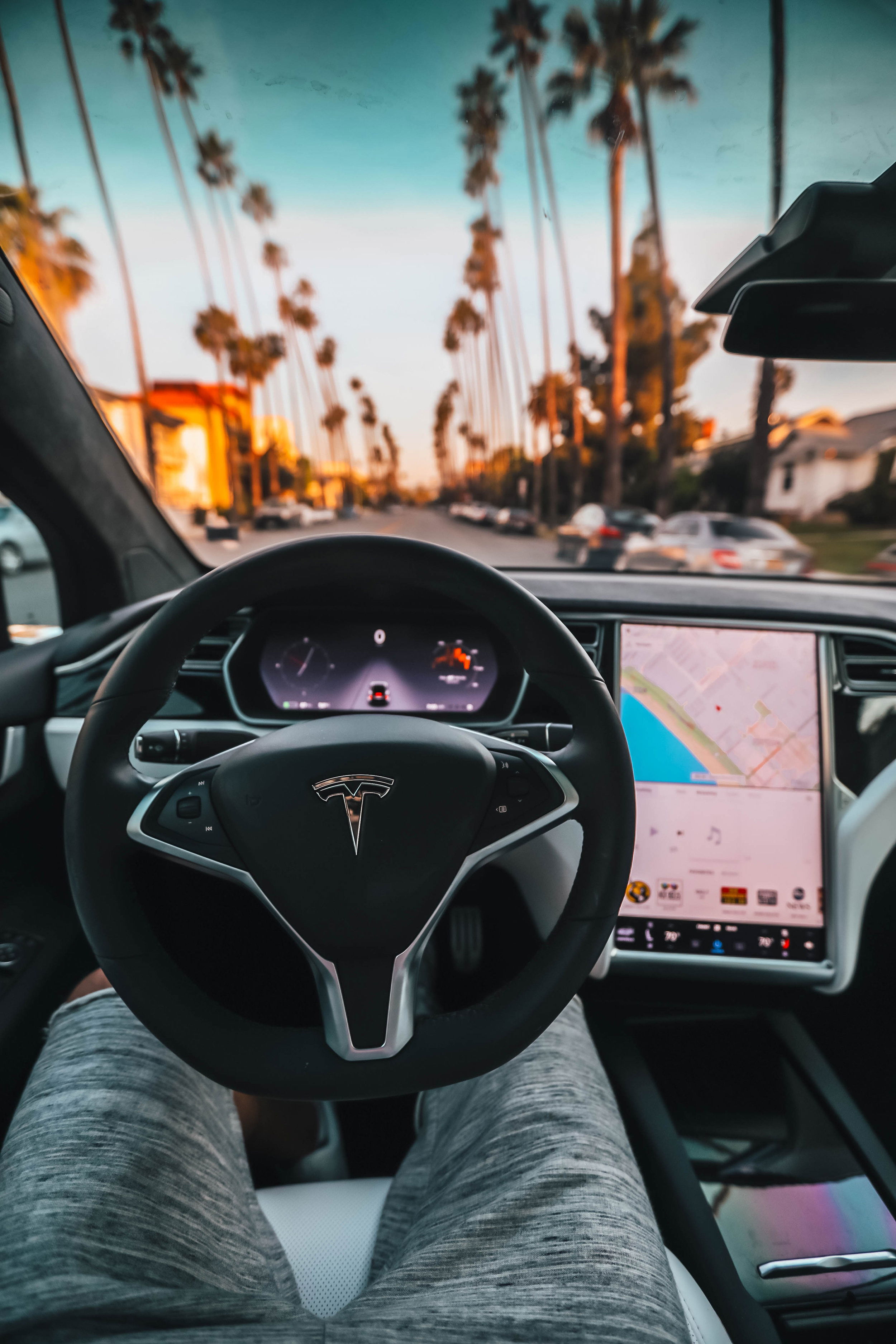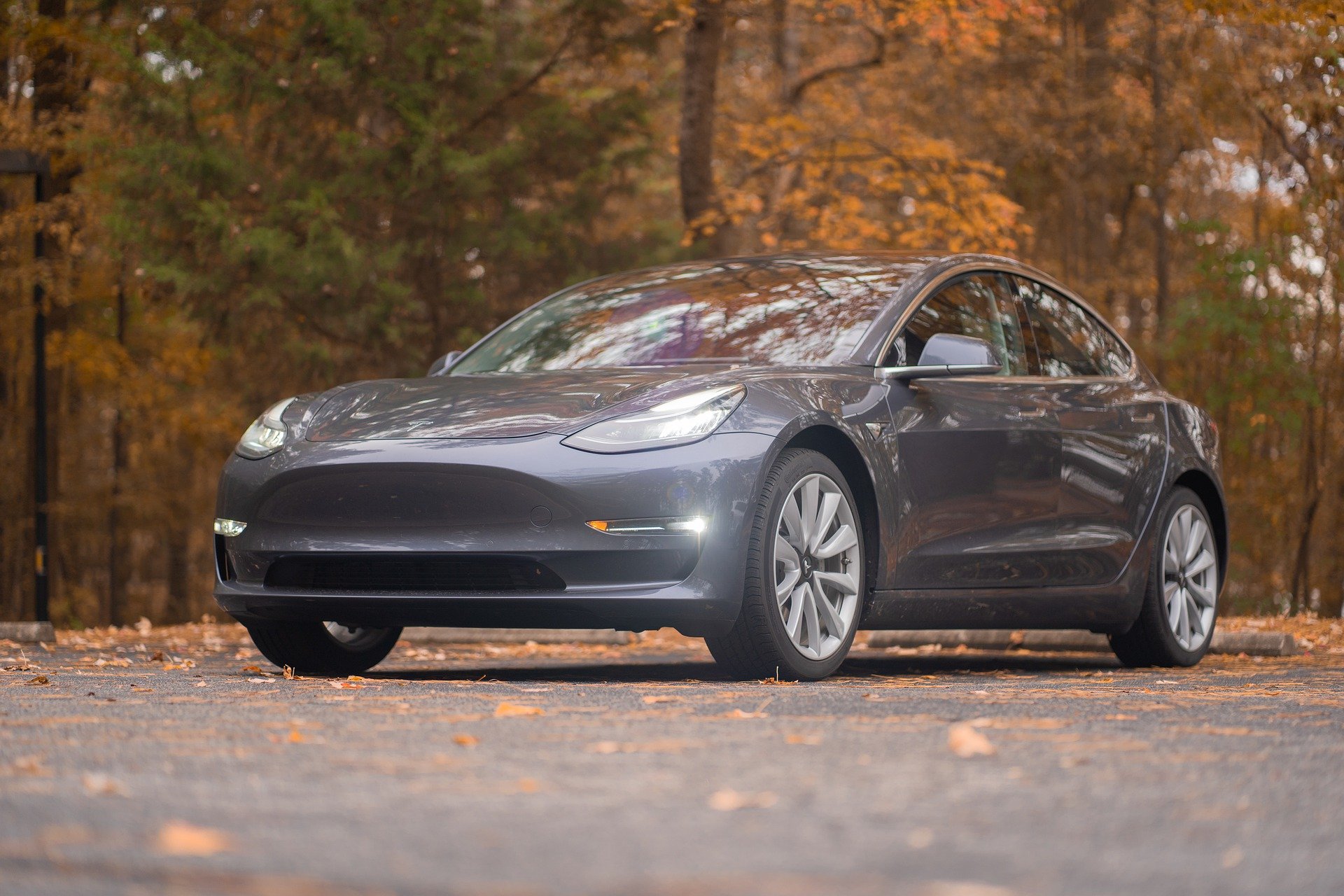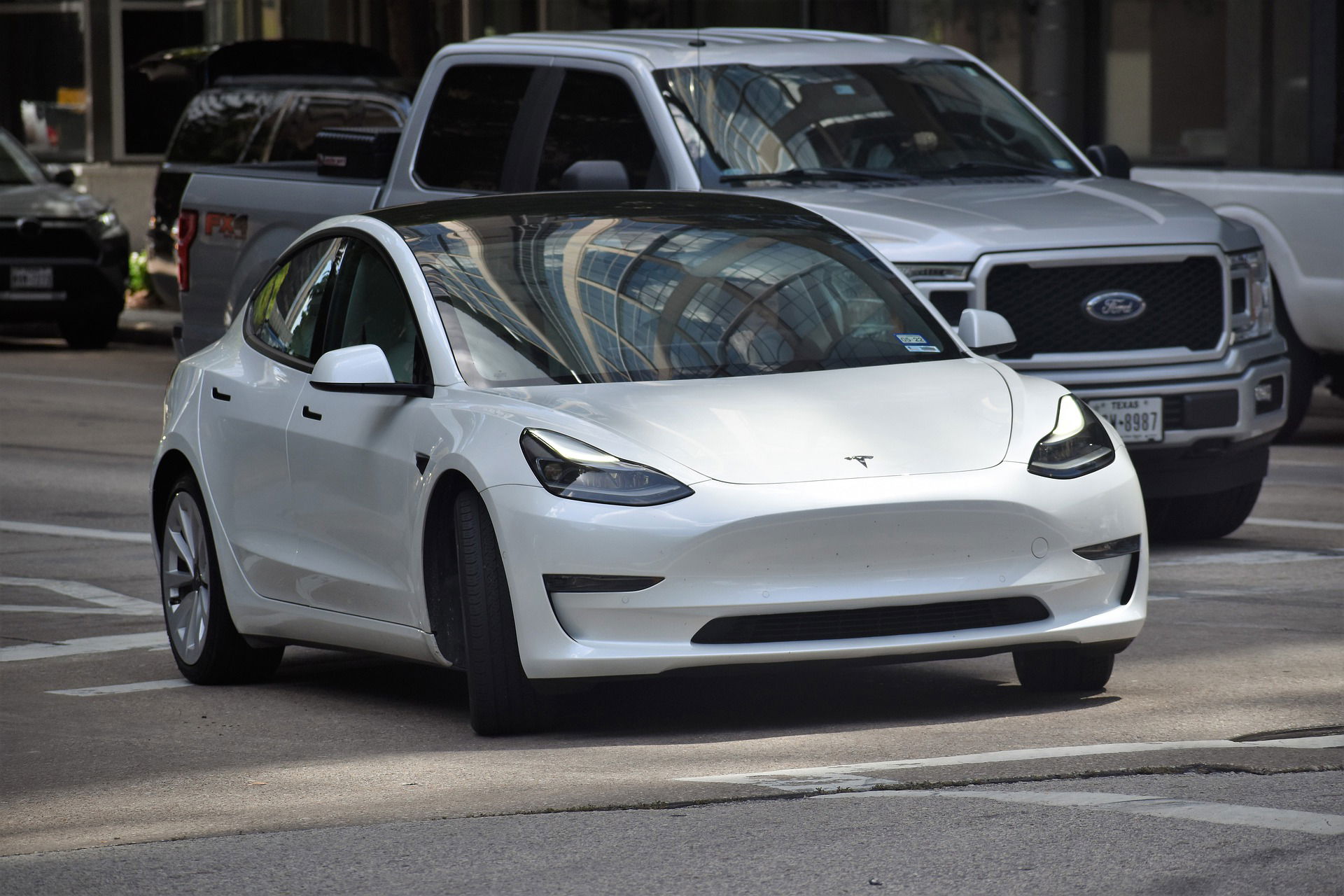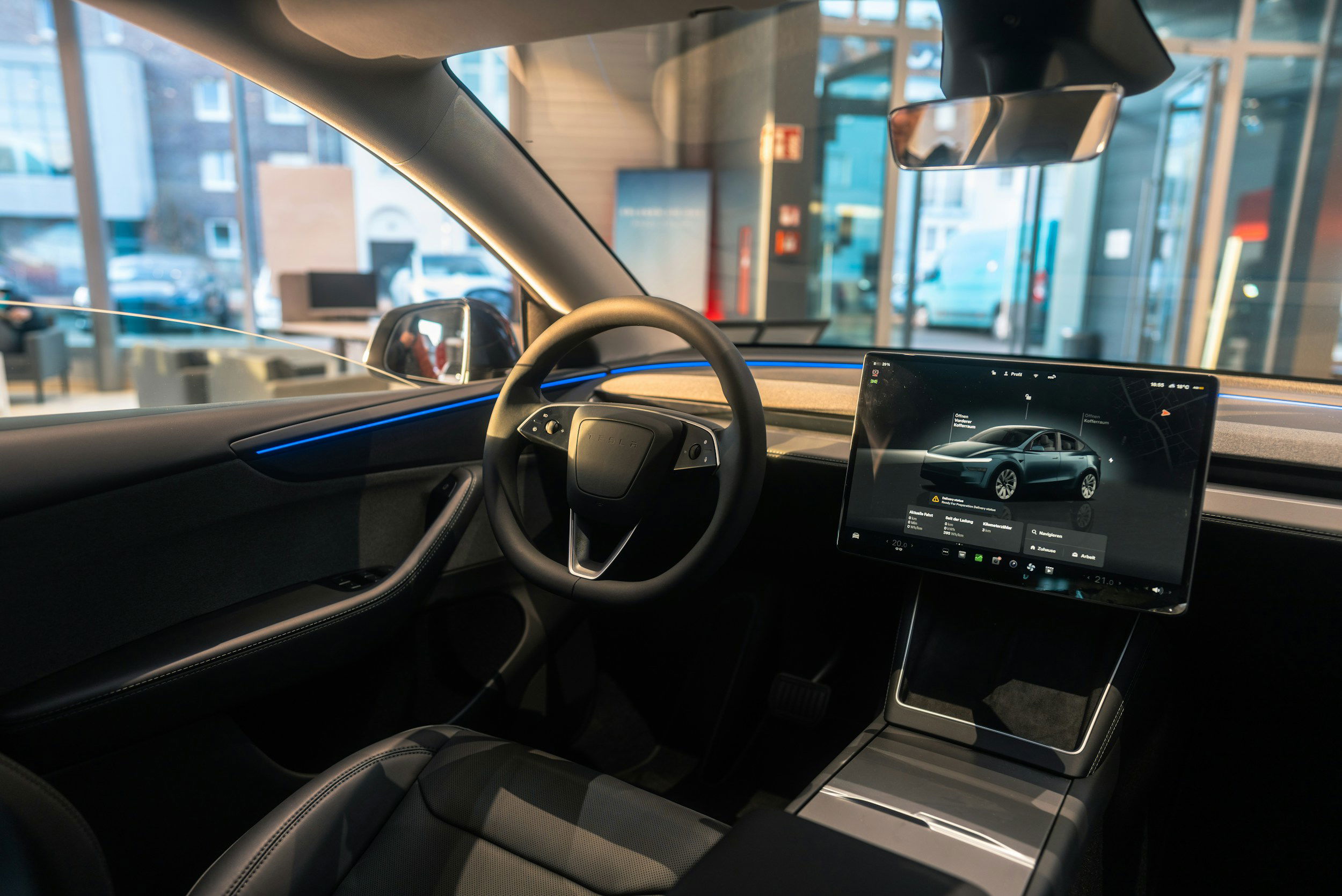For anyone stepping into the world of Tesla, few topics stir up as much curiosity—and confusion—as Autopilot vs Enhanced Autopilot vs Full Self-Driving (FSD). These terms sound futuristic and often get thrown around interchangeably, but they actually refer to three different tiers of Tesla’s driver-assistance technology.
To a new Tesla owner or an enthusiast watching from the sidelines, understanding the difference between Autopilot and Full Self-Driving can feel like decoding a tech manual. Yet, it’s crucial—because each package not only defines how your Tesla behaves on the road but also how much you’ll pay for the privilege. Let’s break down each system, compare Autosteer vs FSD, and explore what Tesla’s evolving driver-assist technology truly offers today.
The Foundation: What Is Tesla’s Basic Autopilot?
Tesla’s Autopilot isn’t new—it first appeared in 2014 and has evolved through a series of software updates and hardware upgrades. Today, basic Autopilot comes standard on every Tesla vehicle, offering two primary features:
- Traffic-Aware Cruise Control (TACC) – This function adjusts your car’s speed to match surrounding traffic conditions.
- Autosteer – This feature keeps your Tesla centered in its lane while maintaining a set distance from the car ahead.
Together, these systems make long highway drives less tiring, but it’s crucial to remember that this isn’t autonomous driving. Tesla describes Autopilot as a driver-assist feature, not a replacement for human control. You still need to keep your hands on the wheel and your eyes on the road at all times. That distinction brings us to one of the most common questions new owners ask.
Does Basic Autopilot Mean FSD?

The short answer: no, basic Autopilot does not mean FSD. While both systems rely on the same sensor suite—cameras, ultrasonic sensors (in older models), radar (in some legacy vehicles), and advanced neural networks—they operate at very different levels of automation.
Basic Autopilot is what the Society of Automotive Engineers (SAE) classifies as Level 2 driver assistance. This means the system can control steering and speed simultaneously, but the driver must remain fully engaged. Full Self-Driving (FSD), on the other hand, aims for higher levels of autonomy—potentially Level 3 or beyond—where the car could one day handle more complex driving scenarios with minimal human input.
However, as of 2025, Tesla’s FSD package still legally requires full driver attention. So, while the marketing may sound similar, the functionality and cost are vastly different.
Autopilot vs Enhanced Autopilot
Comparing Autopilot vs Enhanced Autopilot makes the distinction clearer. Think of Enhanced Autopilot as the middle ground—a bridge between basic Autopilot and the full-blown FSD suite. Here’s what Enhanced Autopilot adds to the basic setup:
- Navigate on Autopilot – This feature guides the car from highway on-ramp to off-ramp, suggesting lane changes, overtaking slower vehicles, and navigating interchanges automatically.
- Auto Lane Change – With just a tap of the turn signal, your Tesla can switch lanes safely on its own.
- Autopark – Whether it’s parallel or perpendicular, Autopark helps your car maneuver into a parking space without your steering input.
- Summon and Smart Summon – You can move your Tesla in and out of tight parking spaces using the Tesla app, or even have it drive to you in a parking lot.
Essentially, Enhanced Autopilot takes the hands-on assistance of the base system and adds a layer of semi-autonomy tailored for convenience. It’s designed for those who spend a lot of time on highways or in urban parking scenarios. However, these features come at a cost.
The Navigate on Autopilot cost varies by market, but in the U.S., Enhanced Autopilot typically adds around $6,000 to the purchase price. That’s half the price of the FSD package—but whether it’s worth it depends on how much you drive and where.
Tesla Basic Autopilot vs Enhanced

The Tesla Basic Autopilot vs Enhanced debate often boils down to driving habits. If most of your commute involves long stretches of freeway, Enhanced Autopilot might be a worthwhile upgrade thanks to Navigate on Autopilot and Auto Lane Change. But if your driving is mostly urban, with frequent stops and short distances, the basic Autopilot’s Autosteer and adaptive cruise control may already give you the stress-free experience you need.
Enhanced Autopilot is about convenience rather than capability—it won’t turn your Tesla into a self-driving car, but it will make the journey smoother and smarter.
Enhanced Autopilot vs Full Self-Driving (FSD)
Now comes the big leap: Enhanced Autopilot vs Full Self-Driving. The Full Self-Driving package includes everything from the Enhanced Autopilot suite and adds experimental features that bring the car closer to autonomy. These include:
- Traffic Light and Stop Sign Control – The car recognizes and reacts to traffic lights and stop signs automatically.
- Autosteer on City Streets (Beta) – A hallmark of the FSD Beta program, this allows Teslas to handle turns, intersections, and city driving with minimal driver input.
FSD also promises future capabilities like automatic driving in urban environments, though these features are still under development and subject to regulatory approval. In contrast, Enhanced Autopilot focuses on highway driving and parking features, not city navigation.
Financially, this upgrade is substantial—FSD currently costs around $12,000, or $99 to $199 per month via subscription. Whether it’s worth that much depends on how much value you place on having cutting-edge technology at your fingertips.
Tesla Enhanced Autopilot vs FSD: Which One’s Right for You?
If you’re torn between Tesla Enhanced Autopilot vs FSD, your decision should be based on how—and where—you drive.
- Choose Enhanced Autopilot if you want robust highway assistance, automated parking, and the convenience of Summon features.
- Choose FSD if you want to be part of Tesla’s ongoing self-driving evolution, gaining access to the latest beta features and updates that push the boundaries of autonomous technology.
Remember: FSD is a software-driven investment. Tesla continuously refines its algorithms via over-the-air updates, meaning your car’s performance can improve over time.
Autosteer vs FSD: What’s the Real Difference?

At its core, Autosteer vs FSD comes down to scope and complexity. Autosteer keeps your Tesla centered within a lane on highways and requires constant driver supervision. It relies on lane markings and vehicle tracking to maintain its path. FSD, by contrast, uses a deeper neural network capable of interpreting complex city environments—like pedestrians crossing the street, construction zones, or multiple traffic lights at an intersection.
While both systems use Tesla’s camera-based “vision-only” architecture, FSD’s software stack is far more advanced, processing a greater volume of environmental data to make real-time driving decisions. That said, Tesla’s FSD remains a Level 2 system legally—meaning it still needs a fully attentive driver. The car may handle city turns or navigate intersections, but you must be ready to intervene at any time.
Autopilot vs Self Driving: Clearing Up the Misconception
One of the biggest misconceptions is the idea that Autopilot equals self-driving. It doesn’t. Autopilot is an advanced form of driver assistance—akin to a more intelligent cruise control system—while self-driving implies autonomy. The term “Full Self-Driving” is aspirational at best; as of now, no Tesla can legally drive itself without supervision.
Tesla has made it clear that drivers must remain alert and ready to take over at all times. That’s because regulations, infrastructure, and even the technology itself aren’t yet at the point where full autonomy is possible. So, when people compare Autopilot vs self-driving, it’s important to understand that we’re talking about two different eras of automotive evolution: one is the present, the other is the future Tesla is working toward.
Autopilot vs Enhanced Autopilot vs FSD: The Complete Breakdown
To summarize the tiers:
| Feature | Basic Autopilot | Enhanced Autopilot | Full Self-Driving (FSD) |
|---|---|---|---|
| Traffic-Aware Cruise Control | ✅ | ✅ | ✅ |
| Autosteer | ✅ | ✅ | ✅ |
| Auto Lane Change | ❌ | ✅ | ✅ |
| Navigate on Autopilot | ❌ | ✅ | ✅ |
| Autopark | ❌ | ✅ | ✅ |
| Summon/Smart Summon | ❌ | ✅ | ✅ |
| Traffic Light & Stop Sign Control | ❌ | ❌ | ✅ |
| Autosteer on City Streets (Beta) | ❌ | ❌ | ✅ |
| Approx. Cost (USD) | Included | $6,000 | $12,000 |
This table captures the autopilot vs enhanced autopilot vs FSD hierarchy at a glance. While each tier builds on the one below it, the difference lies in how much autonomy and convenience Tesla allows you to experience—and how much you’re willing to pay for it.
The Future of Tesla’s Driver-Assist Technology

Tesla’s roadmap continues to evolve. With the ongoing rollout of the FSD Beta, Tesla is training its cars through real-world driving data from millions of vehicles. This crowd-sourced learning is what gives the company a potential edge in the race toward autonomy. Still, it’s important to stay realistic. Tesla’s Autopilot vs Full Self Driving debate isn’t about choosing between two finished products—it’s about choosing between present-day convenience and future potential.
Tesla’s latest FSD v14.1 update enhances lane selection, improves unprotected left turns, and refines roundabout navigation. With smoother acceleration and better object recognition, it inches closer to true autonomy. Real-world data from millions of miles fuels these upgrades, making driving smarter—though driver supervision remains essential for now.
For most drivers, Enhanced Autopilot strikes the perfect balance, offering tangible benefits without the steep cost of FSD. For tech enthusiasts or early adopters eager to experience the cutting edge, FSD is an invitation to glimpse the future of driving—albeit one that still requires your hands on the wheel.
Final Thoughts
Understanding Autopilot vs Enhanced Autopilot vs FSD isn’t just about features—it’s about expectations. Tesla’s technology continues to blur the line between assisted driving and autonomy, but we’re not quite at the self-driving era yet. So, debating Enhanced Autopilot vs FSD, Autosteer vs FSD, or simply asking “Does basic Autopilot mean FSD?”—the answer always comes back to one idea: Tesla’s systems are revolutionary, but they still need you in the driver’s seat.
And until the day arrives when cars truly drive themselves, Tesla’s hierarchy of Autopilot systems remains a fascinating look at how far we’ve come—and how much farther we still have to go.